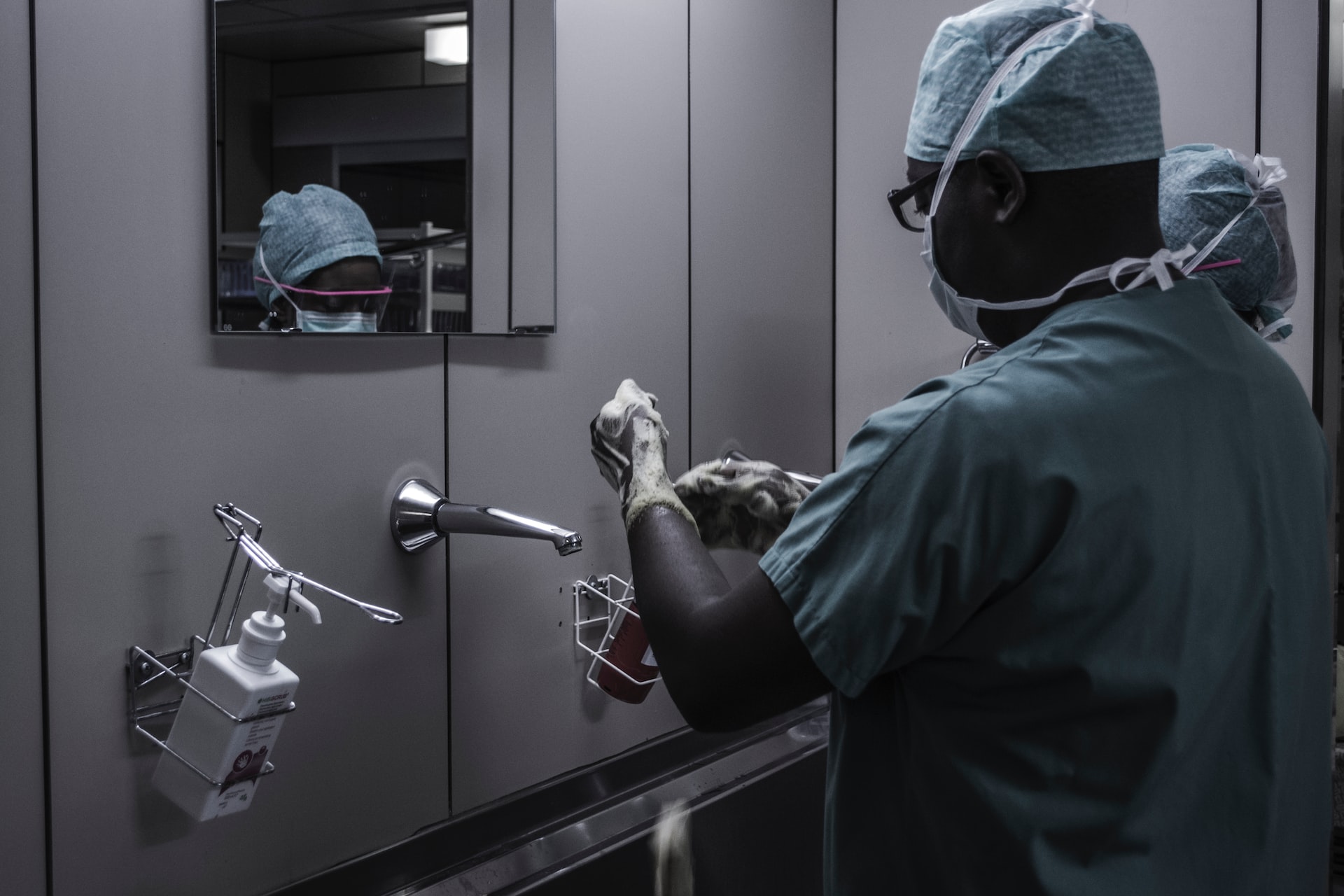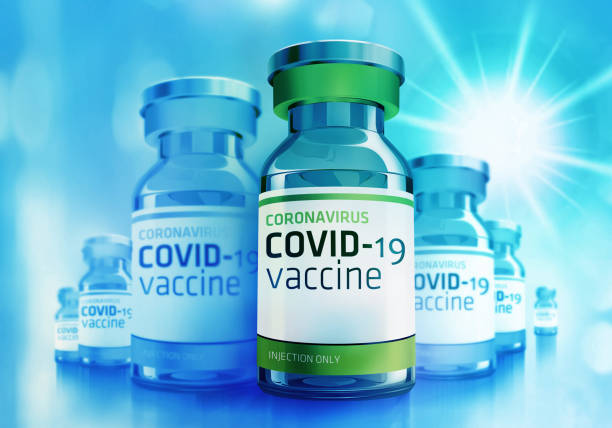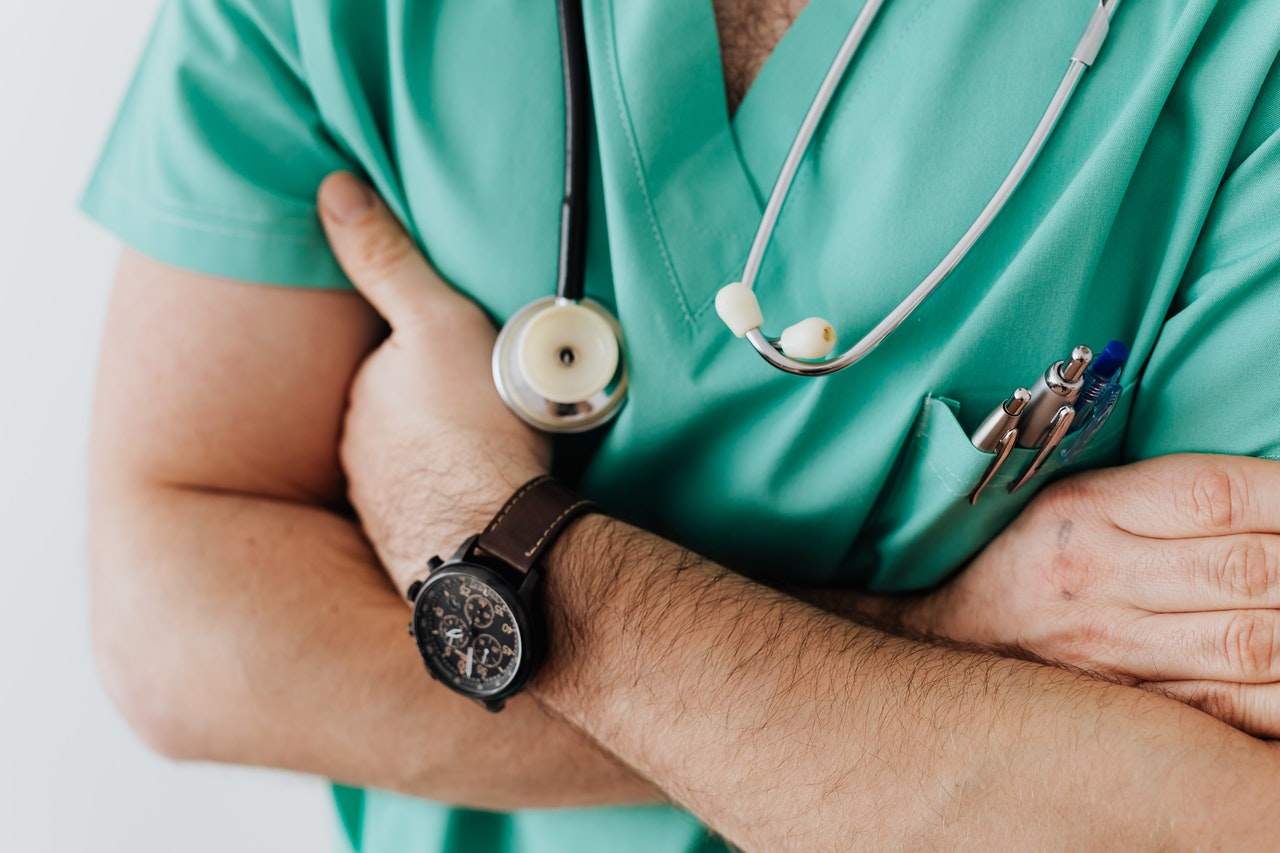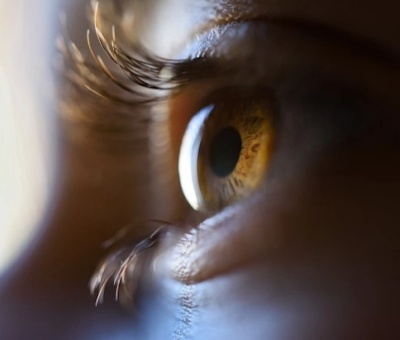Contents
If you have never done a clinical evaluation report for a medical device, you might be worried about how long it needs to be and how many resources you will need to finish it. The updated medicinal device clinical evaluation, which came out in May 2017, has new, stricter criteria for CER reports.
The level of detail in a CER depends on the device, as you might expect. A more serious risk to the patient means that the CER report needs to be more detailed. The report needs to be more detailed the more is at stake. But the structure of a CER report stays the same, no matter how many resources are needed to finish it.
What is (CER) Clinical Evaluation Report?
A technical document called a (CER) clinical evaluation report is needed by companies that make medical devices and want to sell or distribute their products in Europe. The CER gives a full picture of how the medical device is made, what it is made of, how it is meant to be used, what it is used for, the reviews of relevant literature, results of clinical trials, instructions, and protocols for use.
CE And MDR Marking
In Europe, medical devices need to have a “CE Mark,” which shows that the product follows EU rules (MDR, MDD, or IVDR, whichever is right). The EU’s new Medical Device Regulations have had a big effect on how medical devices are approved and regulated there. The MDR is the most important change to the law about medical devices in over 20 years. Compared to the MDD, the MDR makes big changes to how devices are classified, how technical files are documented, how they can be tracked, and how they are monitored after they are on the market.
Clinical Evaluation Report
Medical device clinical evaluation reports, or CERs, are given a lot of weight by the MDR. The CER is part of the Technical File, and it is the most important document that shows the device is compliant with regulations and gives all the information about it. Companies that make medical devices need to do a few things to ensure that their CER is well-kept and well-prepared. Usually, there are 4 steps to CER documentation:
- Defining the device’s scope, how it’s meant to be used, and any therapeutic or diagnostic claims
- Finding and checking the accuracy of clinical data
- Analysis and interpretation of the data to make sure it meets all the requirements
- Unknown and identifying risks that may be answered during (PMS) post-market surveillance
Equivalence
Medical device makers need to look at clinical data from their own device or a similar device that works just as well and is just as safe. Under the MDR, a medical device maker has to show that a product is the same in three ways: biologically, technically, and clinically.
The meaning of technical equivalence is that the device consists same materials and design specifications, and it should is used in the same conditions and with the same deployment method and operating principles. Moreover, clinical equivalence means that the device must be used to treat the same condition, in the same place on the body, for the same group of people, and achieve the same results.
The medical device clinical evaluation report’s conclusion is based on a clear statement that says why the device meets important safety requirements for patients. It should talk about the benefit/risk profile that was made during the clinical data analysis and use what we know now to show if the device and any risks that come with it are better than other medical options.




